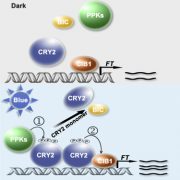
Reconstituting Arabidopsis CRY2 signaling pathway in mammalian cells reveals regulation of transcription by direct binding of CRY2 to DNA (Cell Rep)
Plant Science Research WeeklyCryptochromes (CRYs) are blue-light receptors that were first identified in plants more than 20 years ago, but with modes of action that have remained obscure. Yang, Mo, and Yu, et al. reassembled this blue-light signaling module in mammalian cells in order to better understand CRY function. Previously,…

A comprehensive toolkit for inducible, cell type-specific gene expression in Arabidopsis (Plant Physiol)
Plant Science Research WeeklyGene knock-outs and overexpression studies are useful indicators of gene function, but can obscure the gene’s distinct cell-type specific functions. Schürholz and Lopez-Salmeron et al. have developed a set of constructs that allow for precise expression of a gene-of-interest in subsets of cells, accompanied…
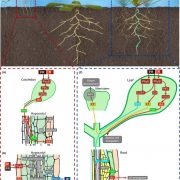
Opinion. Location matters: Canopy light responses over spatial scales ($) (Trends Plant Sci)
Plant Science Research WeeklyLight is arguably one of the most important signals recognized by plants. Not surprisingly, plants exhibit a wide range of light responses, ranging from cell-specific to large-scale. Küpers et al. review these responses, with an emphasis on their spatial scales. For example, the production of extrafloral…

Arabidopsis thaliana-associated Pseudomonas diversity and evolution
Plant Science Research WeeklyThere is not much available information regarding the evolutionary aspects of one of the most studied pathosystem in plant biology: Arabidopsis thaliana and Pseudomonas. Karazov et al. performed various surveys in Arabidopsis wild populations, for the detection and characterization of their associated…
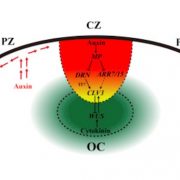
Auxin regulates shoot stem cells
Plant Science Research WeeklyAuxin and cytokinin play critical roles in determination of cell fate in the shoot apical meristem (SAM). Until now auxin's role was thought to be confined to the peripheral zone (PZ), promoting cell differentiation and organogenesis, mediated by AR5/MP. However, studies using GC-MS have shown the presence…
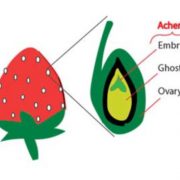
Co-expression networks for strawberry flower and fruit development
Plant Science Research WeeklyThe diploid strawberry (Fragaria vesca) is a useful model system for understanding non-climacteric ripening and seed-to-fruit cross-tissues communication. Previously, spatial and temporal transcriptome data from the strawberry fruit and flowers was generated. Shahan and colleagues combine the transcriptome…
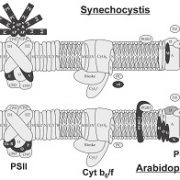
Review: Applying synthetic biology and genetic engineering to photosynthesis
Plant Science Research WeeklyPhotosynthesis is a complex process that has the potential to be greatly improved through human modifications. However, these modifications have been limited by two main factors: the high degree of conservation of the components, and the multiprotein complexes that require specifically modified proteins…
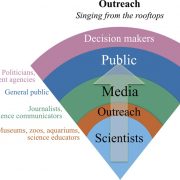
Scientists on Twitter: Preaching to the choir or singing from the rooftops?
Plant Science Research WeeklyScience communication is as old as science itself, reaching even best-selling levels with some extraordinary examples such as “On the Origin of Species” by Charles Darwin or “A Brief History of Time: From the Big Bang to Black Holes” by Stephen Hawking. Currently, and thanks to social media,…
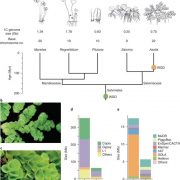
Aquatic fern genomes provide insight into land plant evolution and symbiosis (Nature Plants)
Plant Science Research WeeklyLand plants evolved from freshwater charophytic algae over ~450 million years ago and have since diverged into the plethora of embryophyte genera that we see today. Genomics efforts have classically focused on key angiosperm species representing experimental model systems and/or agriculturally important…

